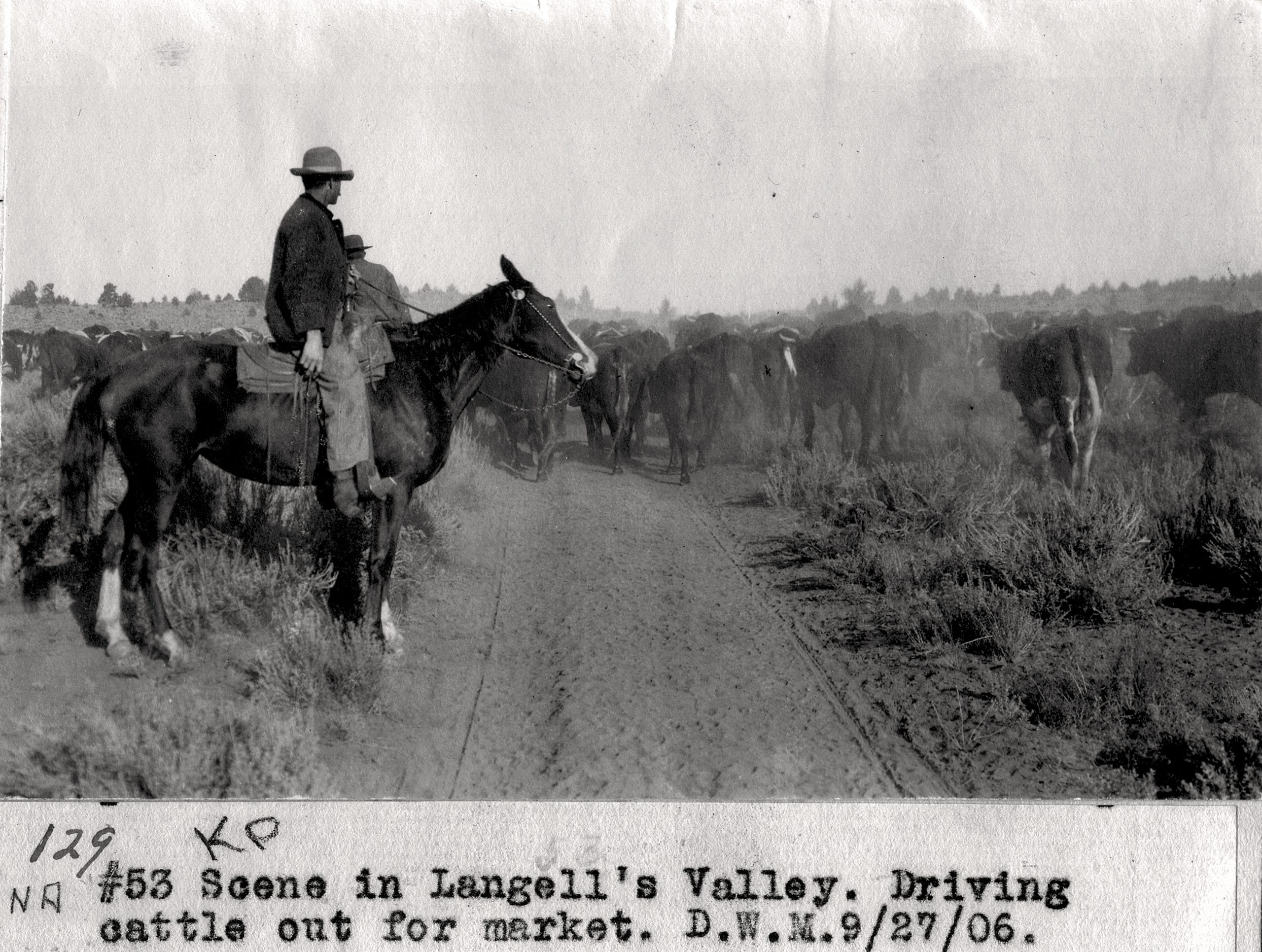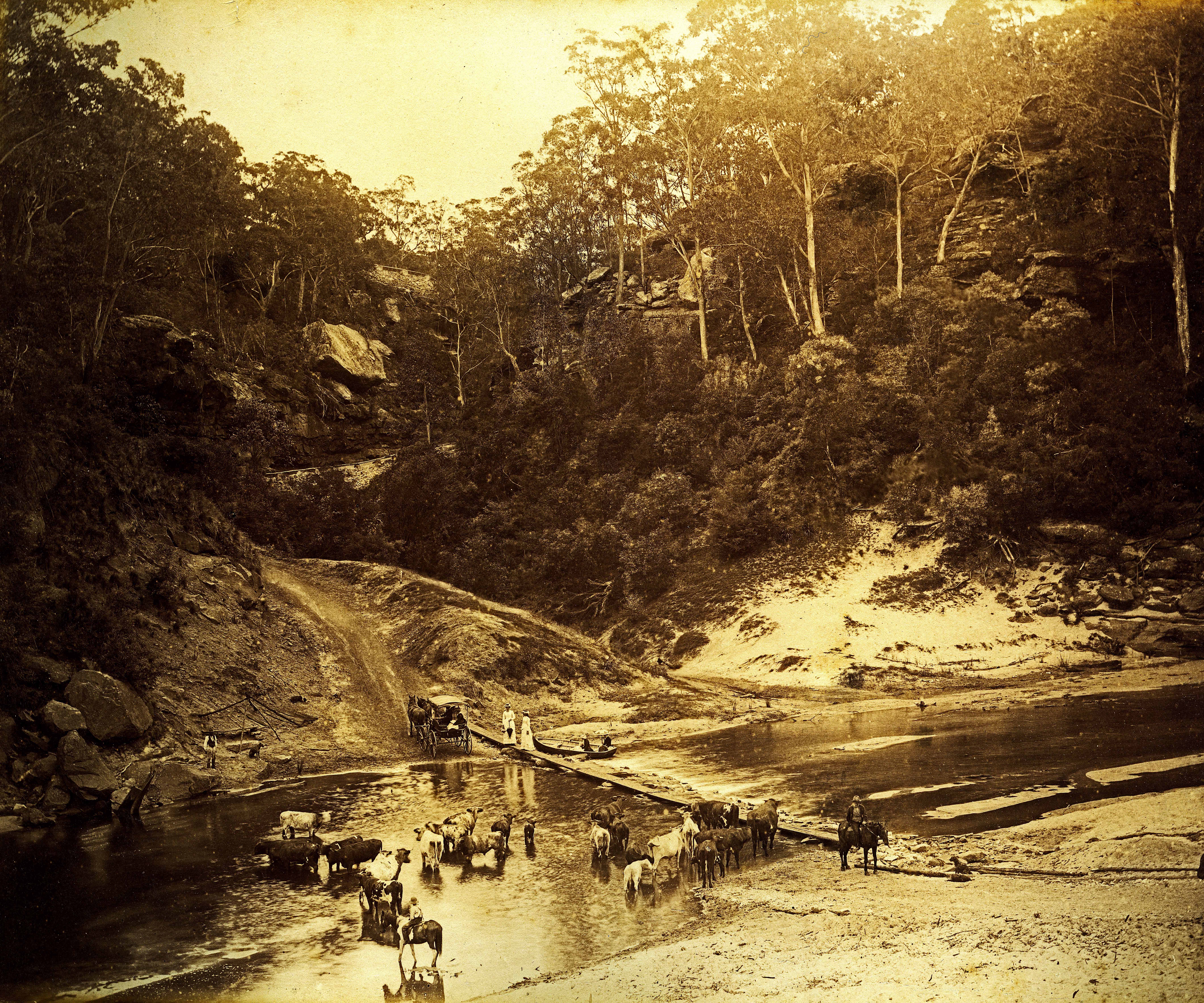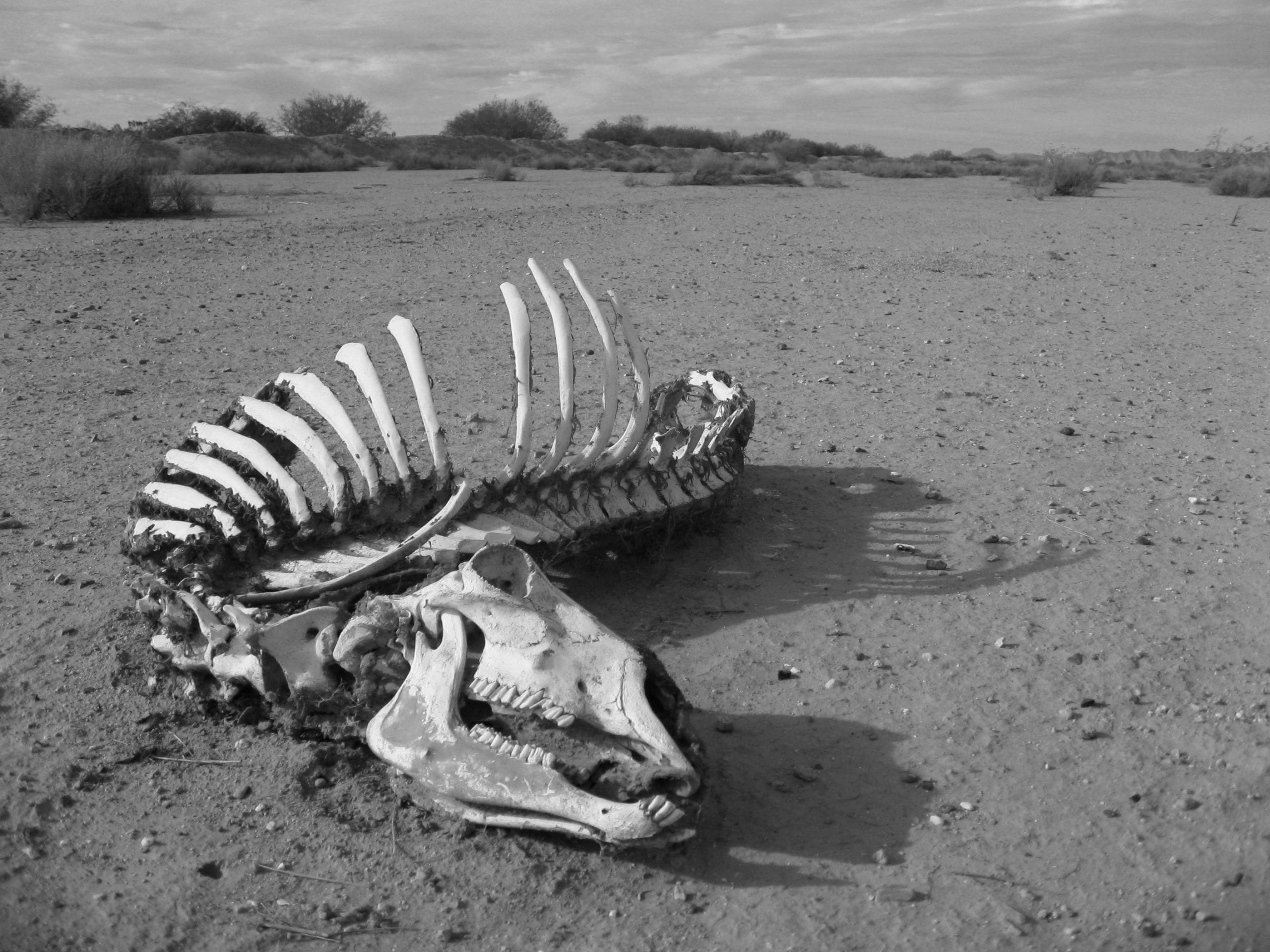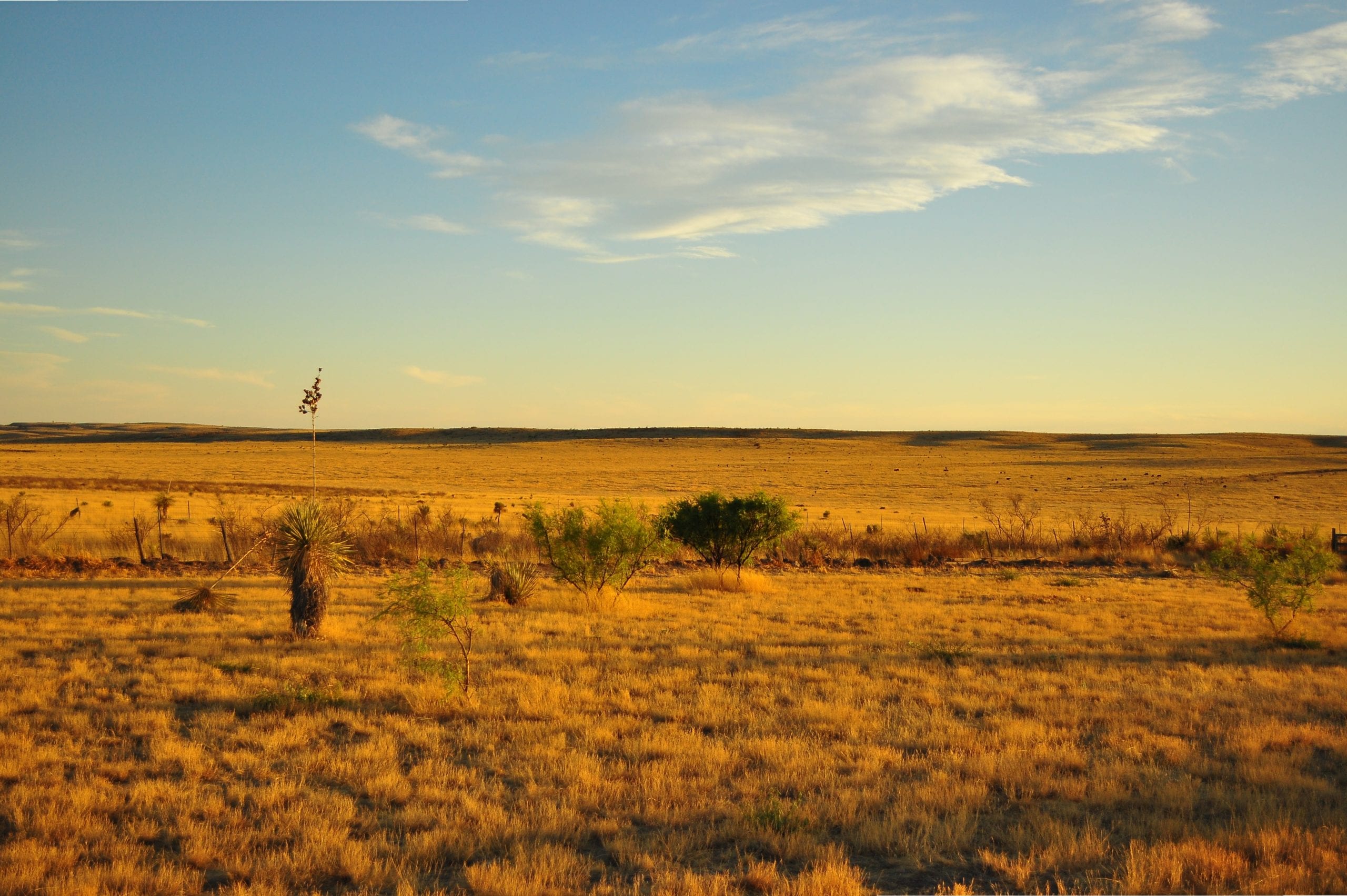In the American West, clear skies look down on a bountiful expanse of land. The rumble of bison herds is now replaced with the soft lowing of cattle and a rising dissatisfaction from those that tend them.
The recent armed occupation of a wildlife refuge in Oregon brought issues of public land management to national attention. Occupiers claimed that regulations and fees for using government land were choking their livelihood. Shouldn't ranchers be allowed to use public land as they see fit? Isn't there enough to go around?
In an optimistic world, perhaps so. But humans have proven that together we can obliterate seemingly limitless resources: think of bison, longleaf pine, and passenger pigeons. The history of rangeland in the American West is no exception.

In the 1860 -1880s, homesteaders rushed to the great plains to take advantage of a cheap land deal through the Homestead Act. The introduction of the railroad enabled people to move cattle and beef long distances as well, which opened up an enticing new frontier for ranching. And so the western ‘cattle boom' began. The Homestead Act land patents only allotted small plots of land– not enough to support a herd. The open range, however, was public use. In order to provide enough forage and space for their cattle, homesteaders relied on the unregulated shared land. With increasing numbers of ranchers raising larger herds, the entire area was overstocked with millions of cattle in less than a decade.
This overstocking resulted in widespread devastation to the plants, soil, and water that the herds depended on. Cattle, like many herbivores, forage selectively— they prefer certain plants and ignore those that are less nutritious or hard to digest. This changes the vegetation overall— since tasty plants are being eaten up, the less-tasty ones are at an advantage. When herbivores overpopulate an area, they can decimate their own food source in this way. Tough, unpalatable scrub began to replace grasslands.

Excessive numbers of cattle did more than suppress good forage. Cattle hooves compact the soil, making it difficult for the little rainfall that occurs to soak into the earth where plants can take it up. Instead, rainwater flows over the soil surface, contributing to erosion, flooding, and stream degradation. Entire watersheds feel the effects of cattle. Unlike their bison predecessors, cattle congregate disproportionately around streams. Through trampling and foraging, cattle can strip streambanks of vegetation, introduce sediment into the water, and even change the physical structure of the stream. Because streams carry water from one area to another, stream degradation in one area is magnified by those downstream effects.
The effects that the cattle boom had on plants, soil, water (and much more) combined in a vicious web of ecological interactions touching nearly every aspect of the environment. By 1900 the landscape was drier, more sparsely vegetated, and plagued with deep erosion gullies. Ecological degradation led to economic failure. During harsh winters and summer droughts that followed, ranches experienced massive die-offs. In some areas, 75 to 85% of herds died. The cattle boom ended with a bust even more suddenly than it began.

The cattle boom and bust gives a glimpse into the danger posed by unregulated access to natural resources. It's an example of the “Tragedy of the Commons†scenario. According to this theory, public resources are at risk of depletion without limitations enforced by the state, private holders, or the community itself. In the case of the cattle boom, the costs of overgrazing were shared amongst all, and there was no guarantee that anyone else would maintain small herds or graze responsibly. Any given individual had an incentive to exploit the resource, not preserve it. Informal land rights were first-come, first-serve. Even when ranchers knew the land was overcrowded, they dare not thin their own herd, for fear of competitors usurping their claim.
In order to avoid a tragedy of the commons, communities agree upon regulations. This is what happened with the Taylor Grazing Act in 1934, when the previously public open range became limited and regulated by grazing permits and leases. Today, the Bureau of Land Management oversees grazing on a large proportion of western lands.

Although the tragedy of the commons concept stemmed from observations on grazing, it has been applied to nearly every public resource: hunting, fishing, parks, air and water quality, to name a few. The permits and fees that the Oregon occupiers protested against were part of the solution to an ecological and economic disaster. Certainly there is room for improvement in the management of public lands– but returning to the frenzy of the cattle boom is not a viable option.
 |
Uma Nagendra is a PhD Candidate at the University of Georgia studying how tornadoes change the way trees interact with the soil. When she's not crawling over fallen trees in North Georgia, Uma enjoys aerial circus arts, playing the mandolin, and convincing other people to dance. She can be reached at uma.nagendra@gmail.com or followed on Twitter @atinytornado. More from Uma Nagendra. |
About the Author
- athenssciencecafehttps://athensscienceobserver.com/author/athenssciencecafe/April 17, 2020
- athenssciencecafehttps://athensscienceobserver.com/author/athenssciencecafe/April 12, 2020
- athenssciencecafehttps://athensscienceobserver.com/author/athenssciencecafe/April 3, 2020
- athenssciencecafehttps://athensscienceobserver.com/author/athenssciencecafe/March 30, 2020







